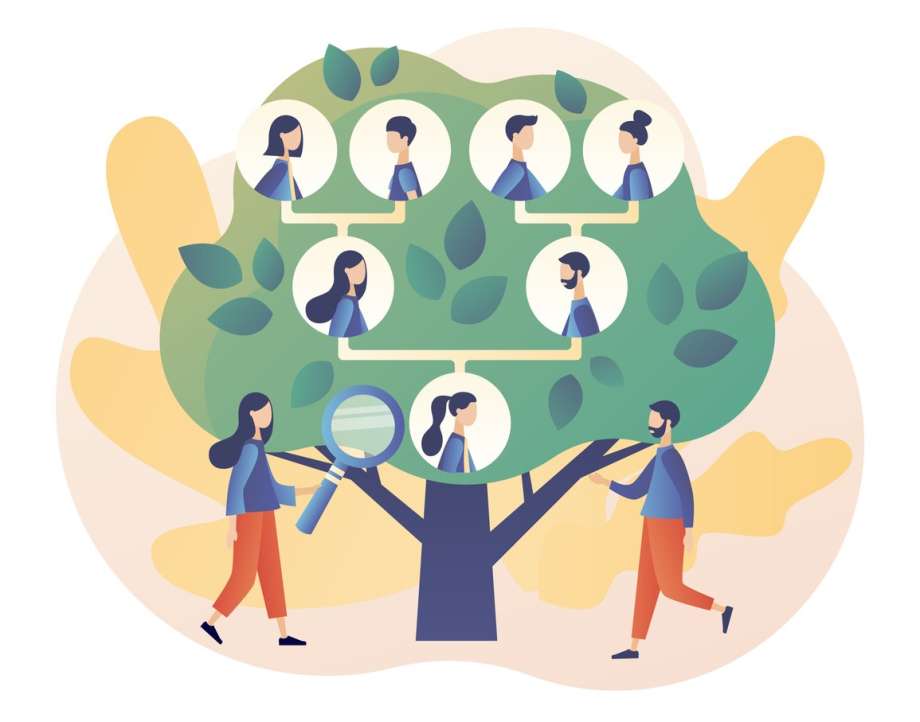Who Do You Think You Are?

In this article, you will find:
Chart your way
The easiest way to organize your new treasures is to create a chart that's often referred to as a family tree. Fortunately, you have plenty of options for doing this. While I started back in the Dark Ages with paper, I strongly recommend that you take advantage of software and online tree services. They make it easy to modify your entries over time and keep track of all the relationships (trust me, you don't want to try to keep third cousins twice removed straight in your head).
Start by entering your own details – full name, the date and place of your birth, marriage date and place. Incidentally, all women are listed by their maiden names, partly because you'll need that information to find records pertaining to them before they married. Once you're done with yourself, repeat this process for your parents. If you're doing a family tree for your children, you can start with them and add yourself and your spouse as their parents.
Many are able to record bits and pieces, but it's not at all unusual to get stumped on Grandma's maiden name. If this happens to you, don't worry. Just enter what you know for now. If you're estimating (say, you recall your grandfather passing away in the 1970s, but don't remember when), enter the information, but...Try a date range (1970-1979) or put "abt" (about) or "circa" in front of the date. Later when you find proof of the exact date, you'll be able to update it, but in the meantime, it can help remind you of the rough time period to research.
If the documents you've dug up make it possible to go back further than your grandparents, keep going.
It's also a good idea to add as many siblings as you can. Down the road, this will help your research considerably and make it easier to fit in the assorted cousins you'll find along the way.
While you can download family tree and family group sheet forms, all genealogy software and most online tree services will automatically generate them for you. Both will help you spot the gaps – missing ancestors or events – and give you a road map for your beyond-the-family research.
To learn more about genealogy from Who Do You Think You Are? author Megan Smolenyak, read Get Hooked on Your Family History.